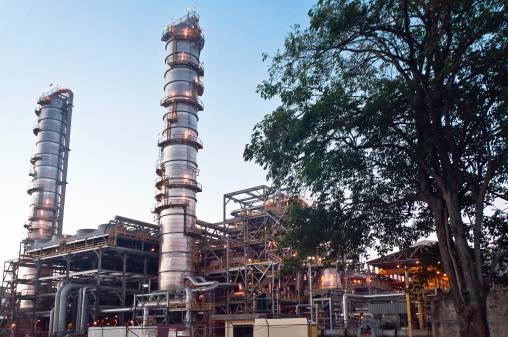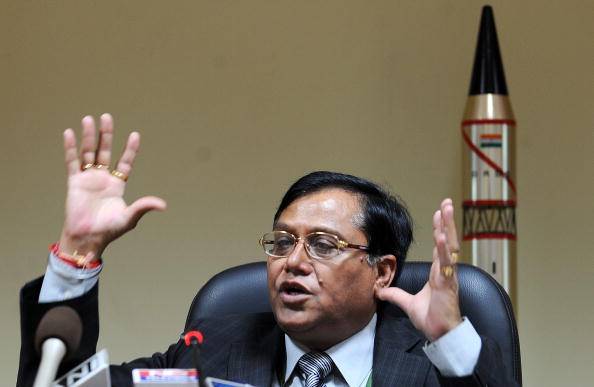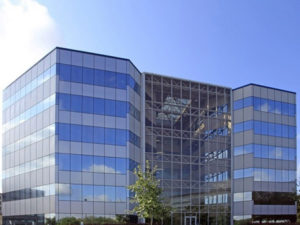

NEW DELHI: Methanol-blended fuel could be the answer to the twin challenges of slashing India’s oil import bill while simultaneously reducing the country’s carbon-footprint, VK Saraswat, a member of the NITI Aayog that has succeeded the Planning Commission, has said.
“We are working on how to structure the entire methanol economy in India. In the last six months, we have done a lot of work and come up with a paper on the same,” Saraswat, a member of the National Institution for Transforming India (NITI) Aayog, told IANS in an interview.
The former Defence Research and Development Organisation (DRDO) chief said there was a potential to blend up to 85 per cent domestically -produced methanol with petrol, thus substantially reducing the nation’s oil import bill.
In China and Israel, he said, 15 per cent methanol in petrol is a well-accepted norm.

VK Saraswat, a member of the NITI Aayog
Saraswat said the feasibility study had indicated that “methanol economy” was a viable option as not only was methanol a “clean fuel”, but it can be produced from coal — particularly poor quality coal with high ash content — “which is available in our country in large quantities”.
“When methanol burns in the IC (internal combustion) engine, it does not emit any particulate matter or sulphur dioxide or NOx. It produces only carbon dioxide and steam.
“And you can convert carbon dioxide into methanol again. So it becomes a carbon-neutral system. So, from the point of view of pollution, it is very clean and is the best option,” added Saraswat, who wore the triple hats of Scientific Advisor to the Defence Minister and Secretary, Department of Defence (R&D), during his DRDO tenure.
He added that even cost-wise, methanol was comparable with other fuels being used at present.
“Hence, we should try to convert that coal (high-ash content coal) into methanol and use it for production of energy whether for mobility or electricity generation.”
Saraswat said that the project was a work in progress and may soon be a reality.
“Whenever you introduce an alternate fuel, there are steps to be taken and those steps are being progressed today. In our scheme of things, priority would be first given to bulk users — like railways and defence forces — and then it would go to the common consumer as that would require a supply chain network.”
As for the vehicle engines, Saraswat said, minor modifications would be required and kits have already been developed by many countries.
Israel and China have already addressed the technological issues, he said, adding: “We just need to adopt them like we did in case of CNG.”
Acknowledging that CNG could not become a large-scale phenomenon, Saraswat said it was not because of technological issues but because supplies were not adequate.
“That’s why when we introduce methanol, we want to ensure we have adequate supplies. So, we are looking at production, storage and distribution. We are also looking at conversion of engines — who will do it and where it would be done.”
“We are also bringing the manufacturers of diesel generator sets, engines and energy devices into our discussions so that there is a comprehensive road map for introducing the system rather than doing it in bits and pieces,” he said.
Saraswat added that instead of a piecemeal approach, there should be a life-cycle approach, so that the project yields the desired results.
During his illustrious career, Saraswat, one of India’s most accomplished scientists and researchers, was associated with the development of liquid propulsion rocket engines and missiles like the Prithvi, Dhanush and Prahaar.

